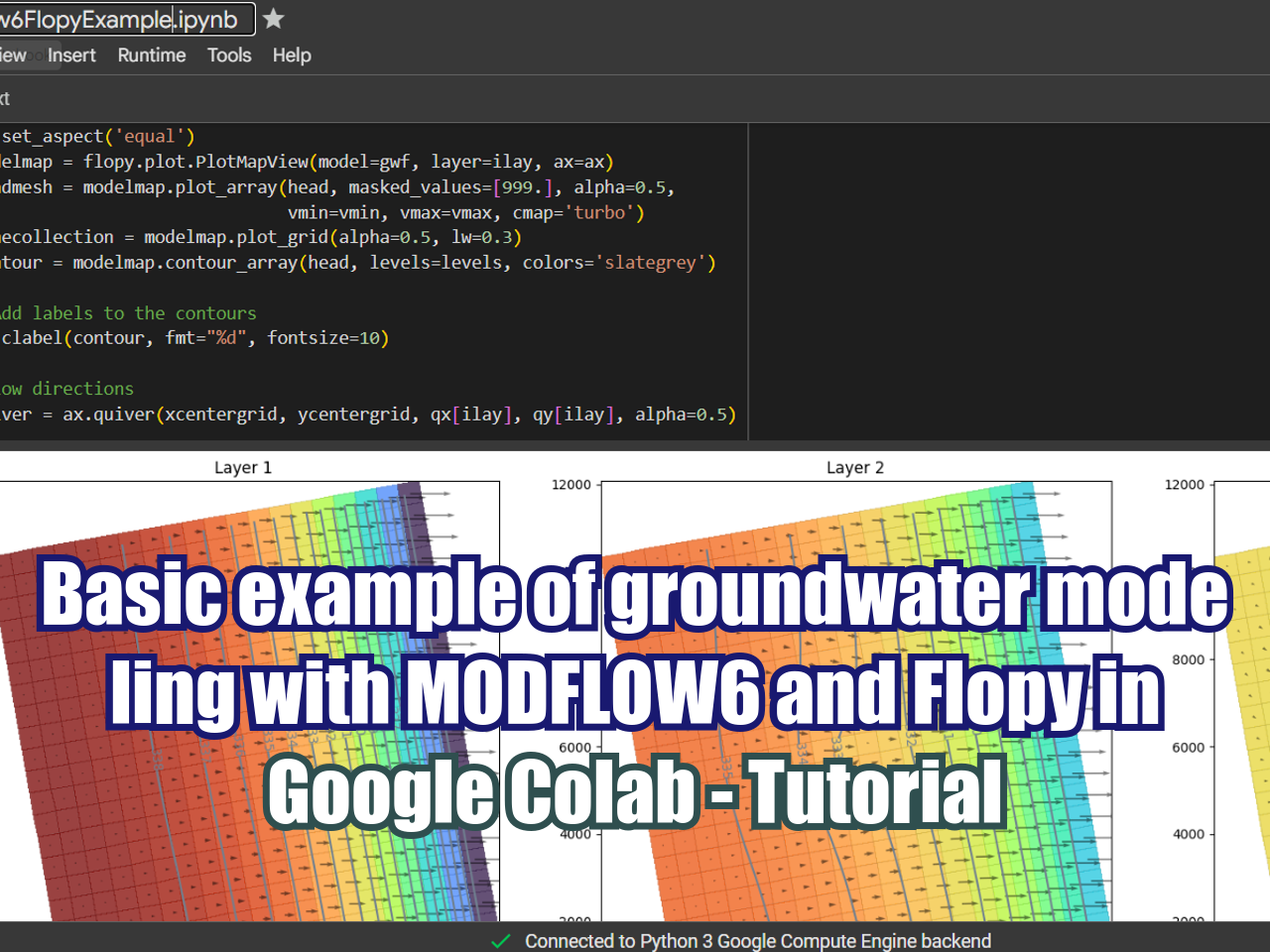Could you delineate a watershed and river network in 52 seconds? - Tutorial
/Delineation of watershed and river network is one of the most common tasks in modern hydrology but it might comprise a group of steps on a desktop software that take several minutes to perform. We wanted to recreate the process in an mostly automated workflow in an online platform that substantially reduces the amount of time involved in the process.
We came up with a solution on Hatari Utils (utils.hatarilabs.com) that allows us to delineate a basin of 530 km2 in just 52 seconds. Results from the platform also include the river network and the main river and are available as geospatial ESRI shapefiles.
Read More























